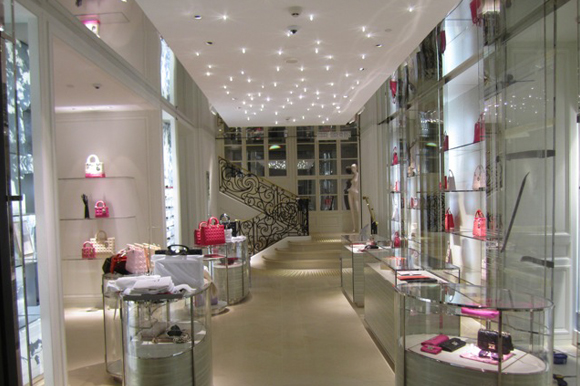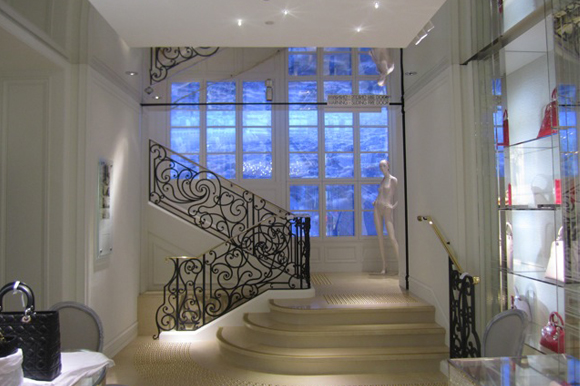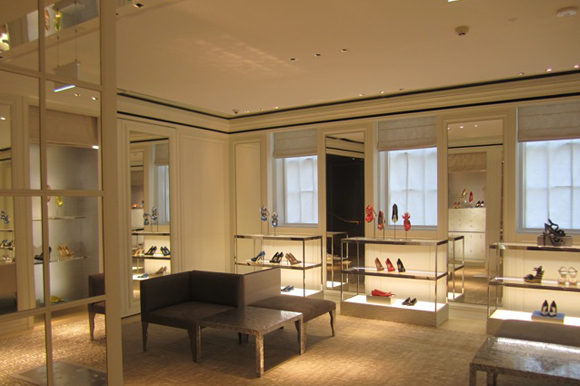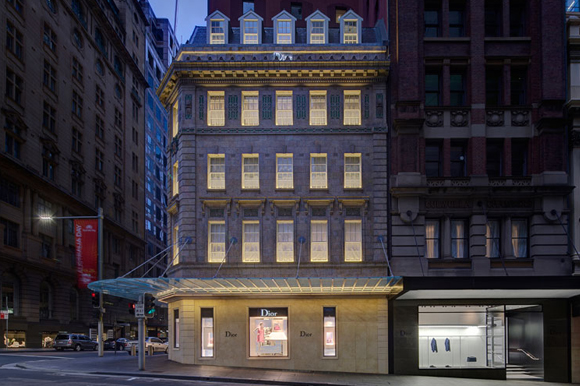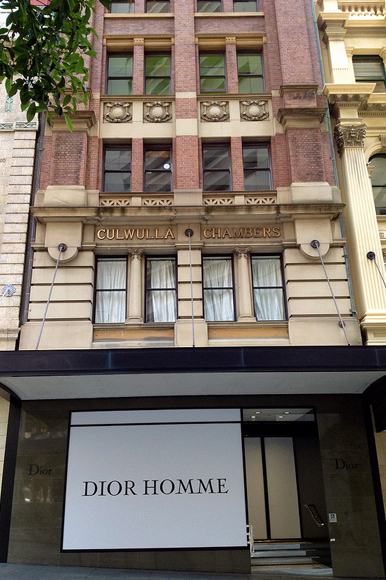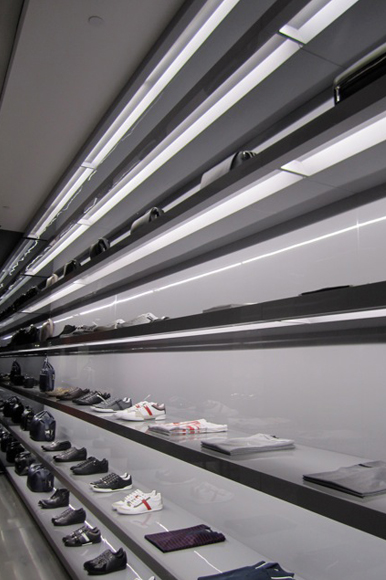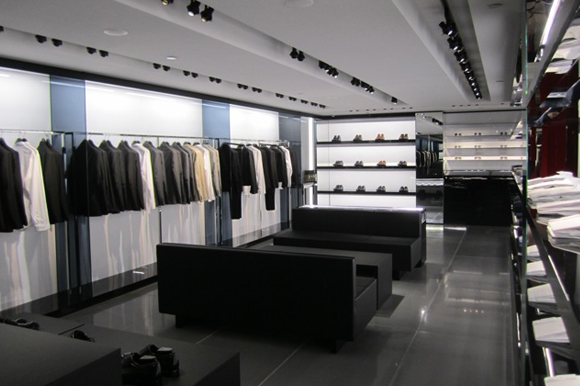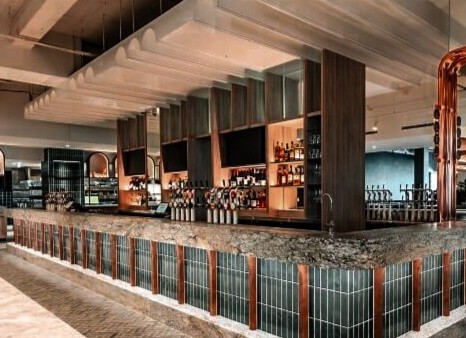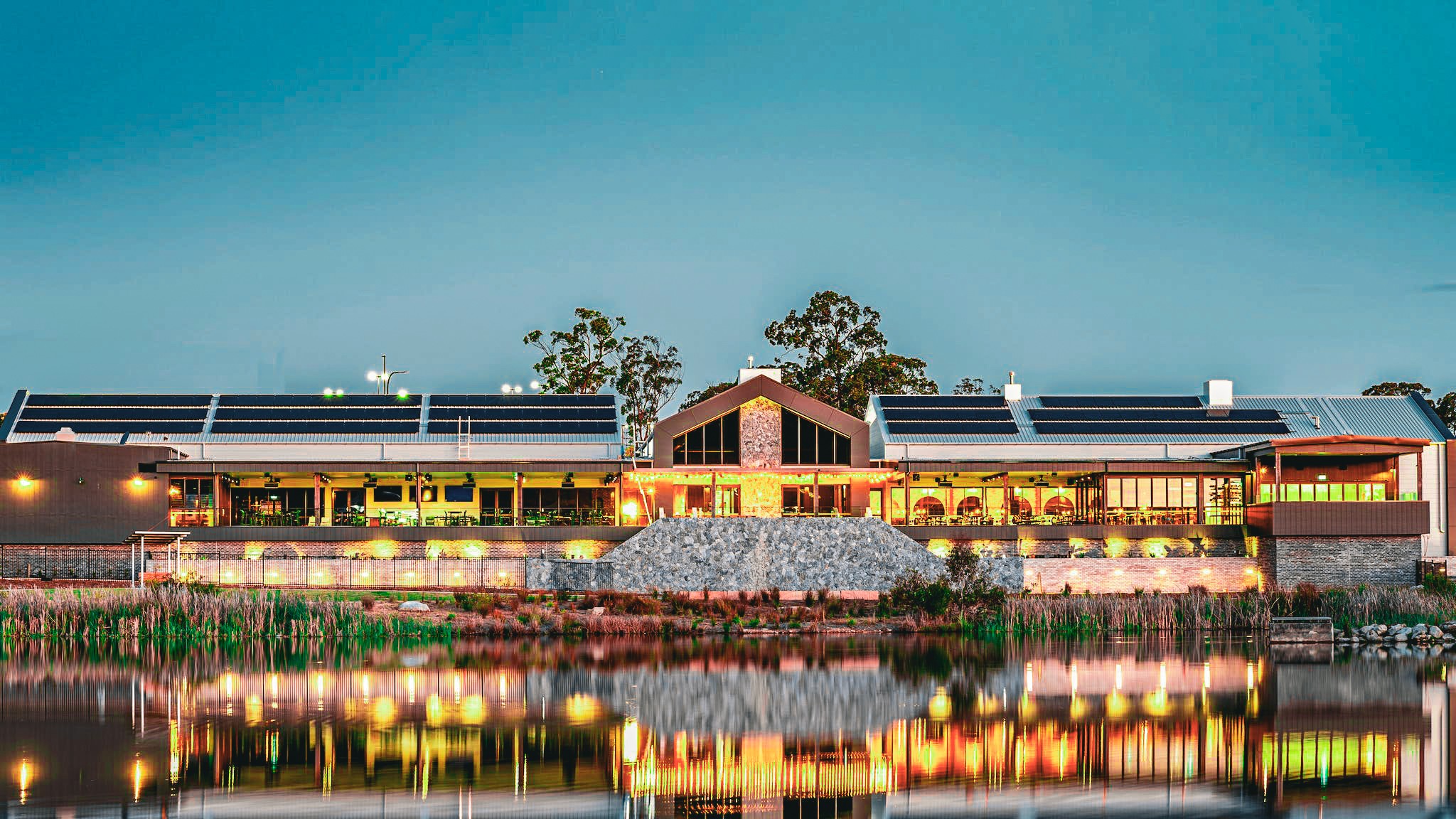Champagne and cocktails were par for the course as Christian Dior Couture, part of the behemoth luxury group LVMH Moet Hennessy Louis Vuitton, recently celebrated the opening of the first Dior flagship store in Australia, with over 250 VIP guests and the fashion media in full force.
The Haron Robson engineering team worked tirelessly behind the scenes for the better half of a year to prepare the space for the glamorous guests. Designed to replicate the Dior boutique on Paris’s Avenue Montaigne, which in turn is reminiscent of a grand Parisian apartment, the multi-level store is located in the former Louis Vuitton space on the corner of King and Castlereagh streets in Sydney’s CBD.
With over a dozen distinct rooms, and making use of two historical buildings, the store is an impressive space and spans multiple storeys, with a salon on the third floor, accessible only by lift, for an exclusive shopping experience. Men get their fashion fix with access to the dedicated Dior Homme boutique, which has a separate entrance off King Street.
And it’s this combination of spaces and separate entrances which formed the main challenge for the architecture, design and engineering teams.
Interior Architecture
The store is actually made up of two landmark buildings, expertly linked internally to maintain cohesion and the appearance of a single space. Already knocked through in its former guise, the creative design for the interior space came from Hong Kong-based Pure Creative International and Dior’s own in-house designers. PMDL Architects in Sydney, engaged as the local architects, worked closely with the design team in ensuring the seamless sophistication expected of the Dior brand experience was met whilst ensuring the design complied with all the relevant Australian building codes.
Being of different eras and different heights, the two buildings carried their own distinct classifications and regulations. The essential building services also had to remain separate, as did the power supply, all the while maintaining the appearance of a single entity. This was achieved with clever design & engineering, the integration of separate dry-fire systems, concealed fire doors and an actual physical gap between the two buildings to ensure the integrity of the building fabric - although you’d never know it, even when looking closely.
Interior Styling
The interior design was the result of the continuing collaboration between Pure Creative International and Dior Architecture - the team behind the original design package for the Hong Kong boutique, of which this Sydney store borrows the majority of its styling. With bespoke joinery and internationally-specified fittings, the PMDL and Haron Robson design teams enjoyed the challenge of ensuring the right look was maintained whilst conforming to the local Australian regulatory environment.
A combination of light fittings were used, with locally-approved alternatives used alongside imported luminaires designed in Paris and Hong Kong, but sourced through Australian distributors. Easy control of all services is ensured through a complete Dynalite control system.
Architectural History
VIPs cross the threshold daily, but this isn’t the first time the building has courted celebrity, as the Dior store occupies a proportion of the Culwulla Chambers building. Built in 1912 and dubbed Sydney’s first ‘skyscraper’, the building caused a public outcry at the time as the tallest in the CBD at 14 floors and 50.25 metres (165’). The controversial structure prompted the Height of Buildings Act 1912 (NSW), which prohibited the construction of any building higher than 150’ (45.72 metres), and allowed Culwulla Chambers to dominate the skyline until the act was repealed in 1961 with the construction of the AMP building.
Historical Façade
The remainder of the store is housed within a former hotel, appropriately featuring a façade reflecting traditional Parisian architecture. Lighting the detailed elevation was the work of Haron Robson’s lighting design studio, and the features are subtly accented whilst meeting the restraints of heritage requirements.
The façade is decorated with terracotta tiles, finished with a special glaze to mimic the sandstone of traditional French buildings. With the heritage architect demanding no damage and minimal impact, the Haron Robson Installation Engineers devised a strategy to wire the transformers and conduits without penetrating the tiling. The result is a building seemingly glowing from within, with window frames uplit and architectural details highlighted in a classic, understated style.
Some have commented the lighting design evokes a building which is alive on the inside, harking back to its original use as a hotel and reflecting it’s mirroring of a Parisian apartment.
We see the building as a treasure chest, the lighting design expertly allowing the building to glow, radiating brilliance from the riches within.

